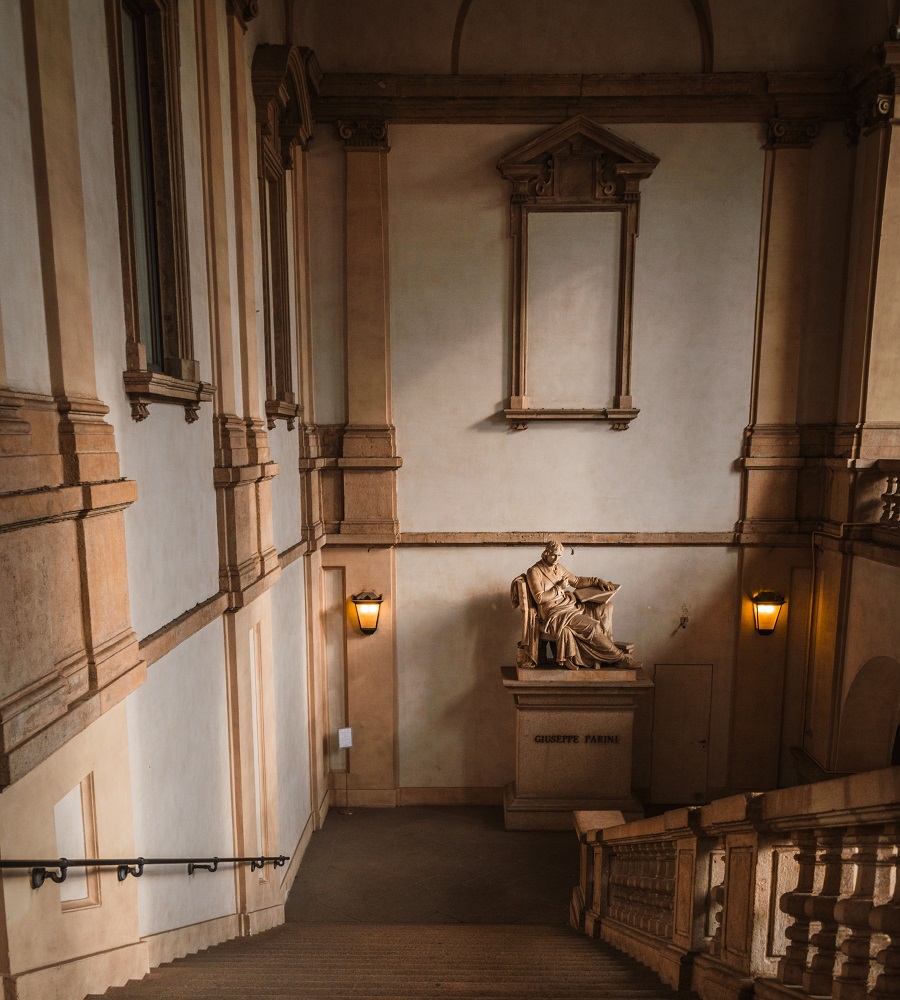The global art auction turnover in 2022 reached an impressive total of $16.5 billion, with the American market playing a major role in the remarkable sales and continuing to dominate the high-end segment. Nevertheless, Fine Art auction sales on a global scale were stabilized by strong showings in France, Germany, Japan, and Switzerland, marking these amongst the top contenders for art capital of the world in 2023.
The Art Capital of the World
Among the three major forces in the global art market (USA, China, UK) for 2022, the United States emerged as the most dynamic, achieving its highest-ever annual art auction turnover of $7.3 billion, representing a 26% increase from the previous year. This figure was significantly ahead of China, partially due to the impact of the pandemic.
Top Countries by Fine Art and NFT Auction Turnover for 2022
Thus, in 2022, 44% of the global art auction turnover was attributed to the dominance of the American market. This was primarily due to the fact that the most valuable artworks were mostly sold in New York, with 25 out of the 29 works that fetched over 50 million dollars being sold there. Additionally, the United States hosted the highest number of transactions, accounting for over 22% of the global art auction transactions in 2022.
Top 4 countries by Fine Art and NFT auction turnover (2022)
1. US – $7.3B
2. China – $3.9B
3. UK – $2.1B
4. Europe – $1.72B
In Europe, the top 3 countries contributing to the global art auction turnover totals reported here are:
- France – $991M: France continues to be a major center for art and culture. The city is home to some of the world’s most famous museums, including the Louvre, the Musée d’Orsay, and the Centre Pompidou.
- Germany – $379M: A major center for contemporary art in recent years, Germany features many galleries, museums, and art events. The city is home to the Hamburger Bahnhof, the Berlinische Galerie, and the Neue Nationalgalerie.
- Italy – $190M: Known as the birthplace of the Renaissance, Italy remains an important center for art and culture today and features many museums, including the Uffizi Gallery, the Bargello, and the Accademia Gallery.
In an unexpected twist, 100% of the most popular searches for April 2023 across Twitter were for artworks that originated not in the top 3 countries above, but in Europe, mostly during the Baroque and Renaissance eras. And with three out of five of those originating in Italy, it’s no wonder the country features on this list, too.
DID YOU KNOW?
Your engagement with our posts on social media decides the newsletter content we send you. Your upvote and engagement counts. Please remember to like, comment, or retweet our content.
St. Mark’s Clocktower – 1499 – Gian Paolo and Gian Carlo Rainieri – Italy
St. Mark’s Clocktower is a famous clock tower in St. Mark’s Square, Venice, built in the late 15th century with a clock mechanism added in the late 16th century.
Astronomical clock in Venice pic.twitter.com/P38UPCK5P5
— Academia Aesthetics (@AcademiaAesthe1) April 5, 2023
St. Mark’s Clocktower features symbols of the zodiac on its clock face, two bronze figures known as the “Moors” striking the hours on a bell, and serves a practical purpose for Venetian craftsmen as a timekeeping device.
Cupid & Psyche – 1793 – Antonio Canova – Italy
“Cupid and Psyche” is a marble sculpture created by Antonio Canova between 1788 and 1793, which depicts the moment when Cupid revives Psyche with a kiss.
Cupid & Psyche by Antonio Canova pic.twitter.com/fMBoEhPY1V
— Academia Aesthetics (@AcademiaAesthe1) April 18, 2023
The sculpture, located in the Louvre Museum in Paris, is admired for its graceful lines, delicate details, and emotional intensity, and is considered one of Canova’s greatest masterpieces.
Spleen et Idéal – 1907 – Carlos Schwabe – Italy
Carlos Schwabe’s “Spleen et Idéal” is a painting created in 1907, featuring two figures engaged in sexual activity amidst a breaking wave, with a serpent coiled around them.
"Spleen et Idéal"1907 By Emile
Carlos Schwabe (1866-1926)
Royal Museum of Fine Arts pic.twitter.com/zm2YkTvXLq— Academia Aesthetics (@AcademiaAesthe1) April 24, 2023
This explicit depiction of sexual activity is in contrast to Schwabe’s earlier highly symbolic work, exploring contrasting moods of “spleen” and “ideal” through allegorical figures and themes.
A Vanitas Sculpture – 17th Century – Various – Netherlands
Vanitas sculptures were a popular form of art during the Baroque period that originated in the 16th and 17th centuries in Europe, particularly in the Netherlands.
A Vanitas sculpture, late 19th Century pic.twitter.com/tsn6O64nVR
— Academia Aesthetics (@AcademiaAesthe1) April 28, 2023
These sculptures were created to remind viewers of the transience and vanity of earthly life and the inevitability of death. They continue to inspire contemporary artists today who seek to explore themes of mortality, vanity, and the fleeting nature of life.
Ottoman Dagger – 18th Century – Ottoman Empire – Turkey
Ottoman or jambiya daggers are traditional curved daggers originating in the Ottoman Empire, known for their high-quality steel blades and decorative handles.
18th century ottoman and indian dagger with sheaths pic.twitter.com/tUruVdJHjQ
— Academia Aesthetics (@AcademiaAesthe1) March 19, 2021
They are still used and produced today in Turkey as ceremonial weapons, for self-defense, as souvenirs, and for cultural events.
Thank you for reading.
The Curator

